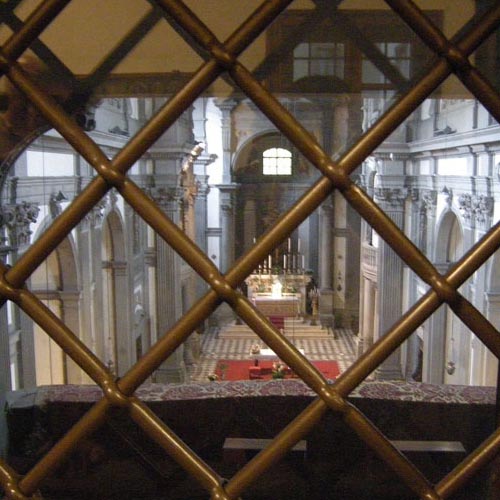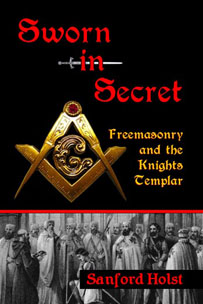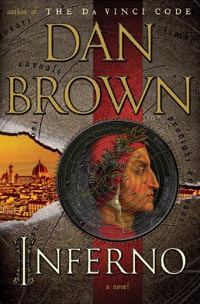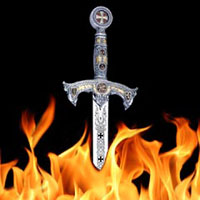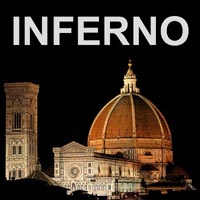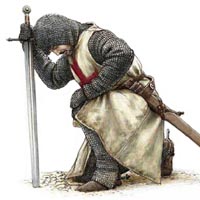|
Inferno secret passageways in Florence |
|
|
Dan Brown Inferno Book
Inferno Book by Dan Brown The Secret Passageways of Dan Brown's Inferno Dan Brown's new Inferno book contains dramatic scenes taking place in the secret passageways of Florence, Italy. This is a look inside the old Vasari corridor that shields many of those secrets. Built for Grand Duke Cosimo I of the Medici family in 1564, it allowed Cosimo to move freely around Florence without being seen by by the people of the city. Those were dangerous times, and Cosimo had killed numerous claimants to his title, including several family members. His need for secrecy and protection was well justified.
Grand Duke Cosimo de' Medici Vesari Corridor at Palazzo Vecchio This elevated passageway was hurriedly built by Giorgio Vasari in five months' time by order of the impatient Grand Duke. A true architectural triumph, it was more than half a mile long. Beginning at the Palazzo Pitti where the Grand Duke lived, it passed beside the Boboli Garden before crossing the Arno River by running along the Ponte Vecchio or Old Bridge. Once there the elevated passageway extended to the Uffizi or Offices where government administrators were housed, and finally to the Palazzo Vecchio or Old Palace which was the city's traditional seat of government.
Clearly this was a matter of hiding in plain sight, since the outside architecture of the corridor was plainly visible in most places. But how it was used, when and by whom was kept a closely guarded secret. There were also other connections not generally known, including the entry of the passageway into the church of Santa Felicita as seen in the top picture above. So the stage has been well set for the fertile imagination of Dan Brown to take over, and he weaves other passageways into tense and mysterious paths through hell used by desperate people. Where did it all begin? In the world of Dante and the Templars who inspired him to write his Inferno. In those pivotal days, the knights who survived the fiery ordeals escaped to live in secrecy outside the law. That act of defiance grew into a rebellion that gave them a measure of revenge on the Vatican and kings who had attacked them. Their story is now told in Templars. It reads like a Dan Brown novel, with its trail of clues that reveal the struggles between Templars and the Vatican, but these are real people and events. Two intriguing books-- buy them together. Dan Brown's Inferno Passageways in Florence Sworn in Secret Inferno Secret Inferno Passageways in Florence web design by webwizards © 2013-2025 Santorini |
When many Templars were burned to death after 1307, it inspired Dante to write his Inferno. That in turn inspired Dan Brown to write his Inferno. But the story of the surviving Templars is in many ways as fascinating as those two works of fiction.
Templars Intriguing new sources light up this stirring story of the Knights Templar. By following the lives of individual knights we get to experience their rise, fall and survival. Those who avoided being burned at the stake were forced to live in secret outside the law. In time they had their revenge on kings and the Vatican for their fallen brothers. See Templars book review. Book Review of Dan Brown's Inferno These intriguing details of Dan Brown's Inferno book will whet your appetite for more. See the Inferno book review
Facebook Page The Knights Templar page on Facebook stays up to date on what is happening in that world and this one. Check it out on the Facebook page.
Secret Inferno Passageways in Florence |
